Your recession survival guide
In the ever-fluctuating world of economics, recessions are an inevitable part of the financial cycle. While they can be daunting, understanding their nature and preparing for their impact can make…

In the ever-fluctuating world of economics, recessions are an inevitable part of the financial cycle. While they can be daunting, understanding their nature and preparing for their impact can make…

The dream of retiring young is one that captivates many peoples’ imaginations. The freedom to live life on your own terms, doing what you want, when you want is undeniably…

Australia’s annual inflation rate has taken an unexpected step up, increasing pressure on the Reserve Bank to push interest rates higher and once again raising the prospect that Australia will…

Spring is the perfect time to rejuvenate your financial habits as well as your garden! Here are 5 ways to set you, and your garden, up for success: 1. Plan…

The temptation is obvious. Soaring house prices have made buying a home tough for most home buyers and prompted many parents to think they should step in and make a…

Think back to when you got your first job and that sweet taste of financial independence. Regardless of what age you started working, it’s unlikely you knew how to manage…

Many people think that Estate Planning is only for people who are close to retirement, especially if we fall into the trap of thinking that Estate Planning is just about…

In the quest for financial stability and success, we often focus on tangible elements like earning more money, saving diligently, or investing wisely. But have you ever stopped to consider the…

When building a home, it’s often said that the foundations are the most important part. Their primary purpose is to hold your house up – supporting the structure and preventing…
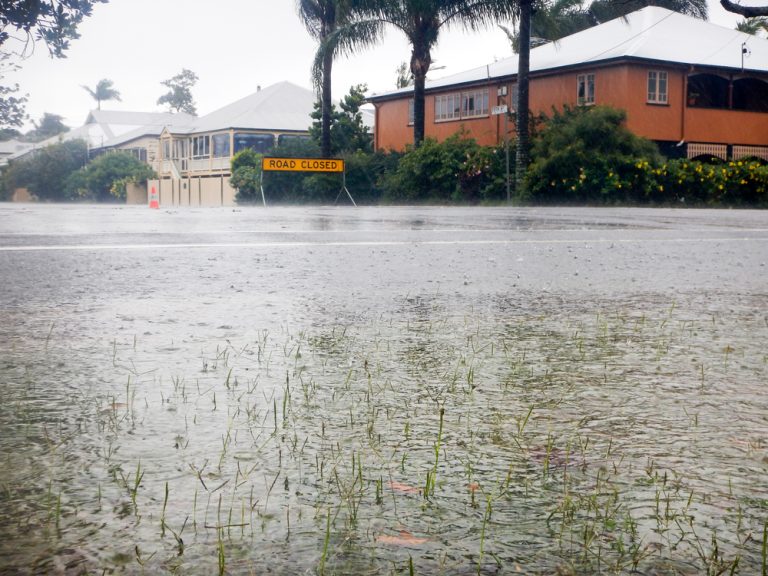
Australia’s vast expanses and varied climates make us prone to natural disasters. In recent years alone, we’ve experienced the devastating impacts of bushfires in the southern parts of the country,…

The newest generation of young investors were raised during the Age of Information. Growing up alongside the internet, this generation has been exposed to more information and technological advancement than…

When discussing financial success, many people tend to use the terms “rich” and “wealthy” interchangeably. While being rich is often associated with having a lot of money or material possessions,…
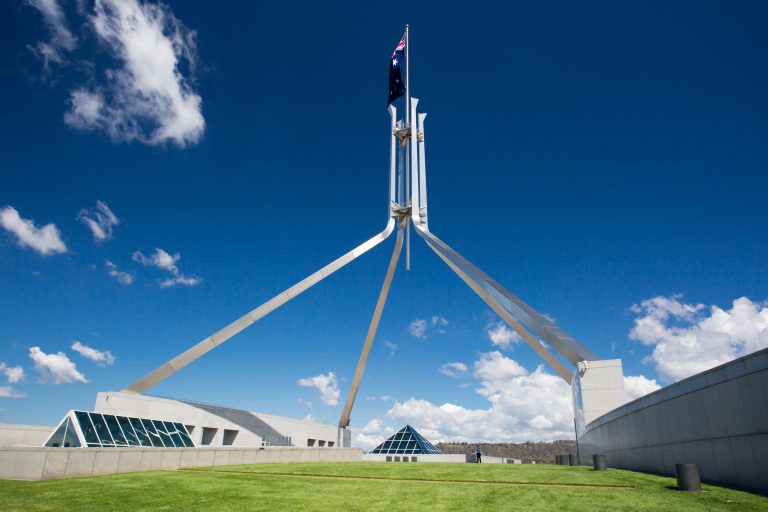
Lady Luck has once again looked down fondly upon Australia, creating the first Federal Budget surplus in 15 years, through a higher tax take on record export earnings and increasing…

If your fixed interest rate expiry is coming up, you might have started to think about what happens next and what action you need to take. Or you might be…

As investors navigate through unpredictable and volatile economic times, it is essential to consider asset classes that can provide a level of stability and protection against market fluctuations. One such…
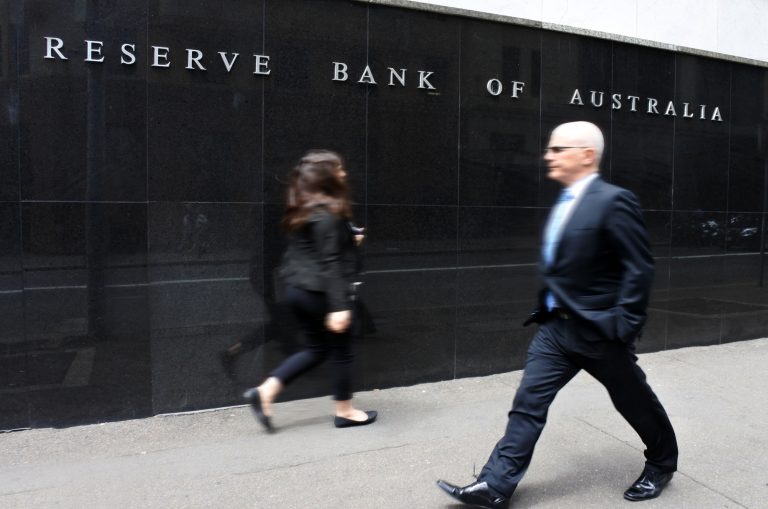
The Reserve Bank of Australia has decided to pause its cycle of interest rate hikes, keeping the cash rate target unchanged at 3.6 percent due to softening inflation data, a…
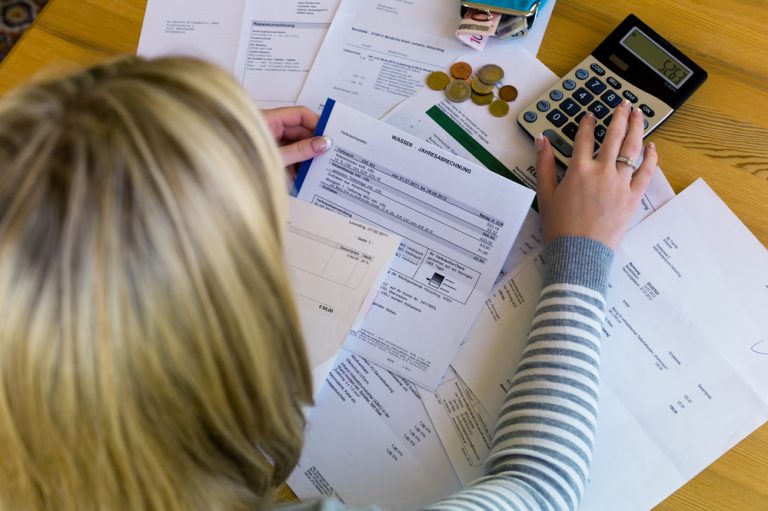
Debt can be overwhelming and stressful, but creating a plan to pay it off can help ease that burden. In Australia, household debt is on the rise, with the average…

By Robert Goudie This savings strategy is about building a healthy deposit and allowing kids to learn about consistent, regular saving. The strategy will require patience to build a substantial…

While millennials have for decades been treated like ‘the children of Neverland, who never grew up’, reality is fast catching up with this generation, who are now young adults between…

If you’re a freelancer or contractor or maybe even a consultant then you’re part of the “gig economy”. Gone is the job for life, or even a job in the…
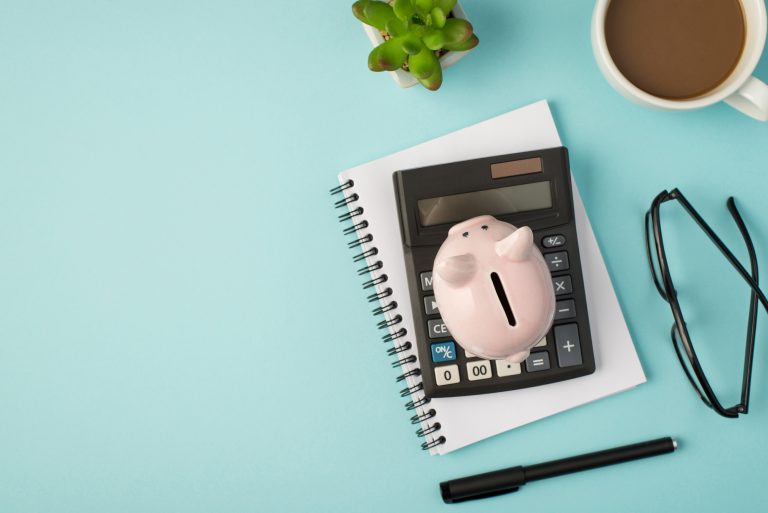
Depositing cash in a savings account or a term deposit are the most common ways to invest your money. But, how do you know which is right for you? First,…

According to the Reserve Bank of Australia, domestic headline inflation is expected to reach 8% in the final month of 2022 as consumers continue to spend despite higher interest rates….

While the standard of living is constantly improving in Australia, economic disruptions, stagnant wage growth and continually increasing house prices are putting more and more people under financial stress. A…

Just as the Grinch stole Christmas, excess spending can rob us all of yuletide happiness. Seasonal credit card splurges can create ballooning long term debt, while unnecessary consumption inevitably leads…
End of content
End of content